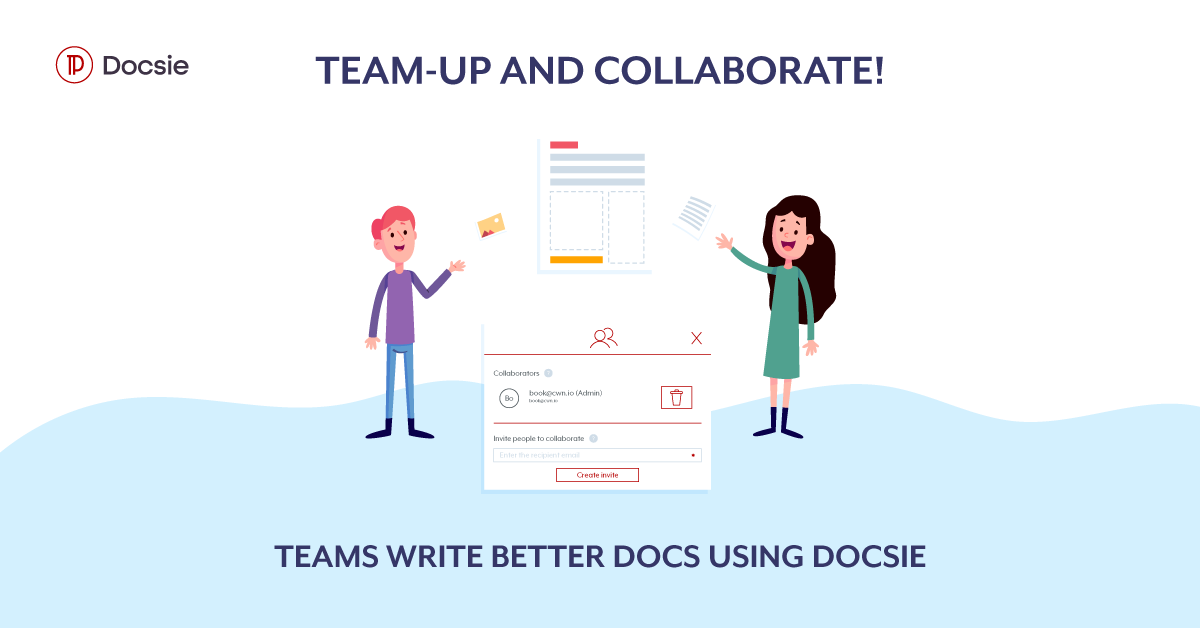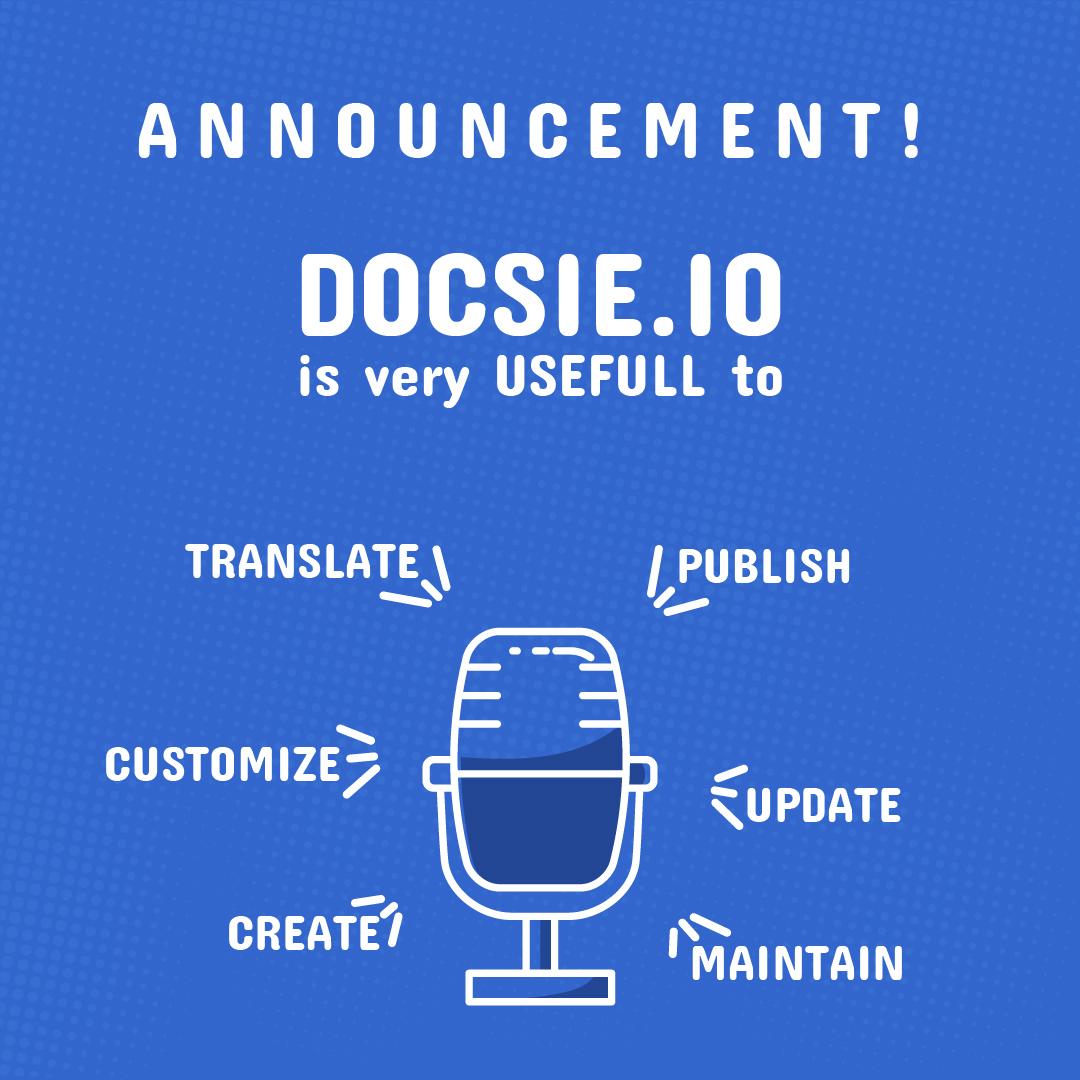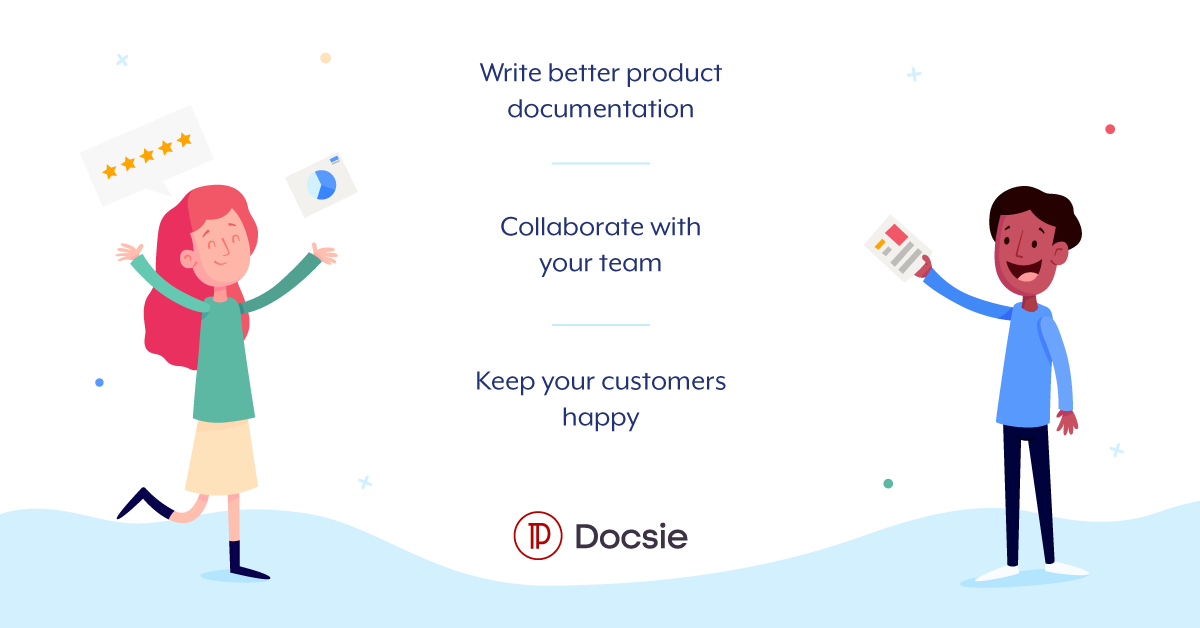Imagine if you can take all of the valuable information that’s scattered across your enterprise in emails, physical folders, shared drives and more, and put it into one easily, accessible location. And then, allow your employees and customers to leverage all of that information to their benefit.
At its most basic level, a knowledge base is a digital library of carefully curated information that can be stored, organized, searched, modified and shared. When viewed in the context of enterprise infrastructure, it’s the epicenter of all of your enterprise’s knowledge and one of the most frequent ways your stakeholders will experience or interact with your enterprise.
There is no question that in today’s world, enterprises that want to function efficiently need a knowledge base. You just need to know what type of knowledge base you need and how to create it.
What Type of Knowledge Base Does Your Enterprise Need?
Employee Knowledge Base
An internal knowledge base consolidates enterprise knowledge and the collective know-how of employees. It is a must-have if you want your employees to have access to the information that can help them do their jobs as seamlessly as possible. You can include any sort of information that has to be shared within your enterprise, such as:
-
Employee handbook
-
Product catalog
-
Best practices
-
HR policies
-
Onboarding training for new employees
The knowledge base should also promote collaboration between your employees, giving them the capability to pose questions and provide answers to one another.
Why is this so important? There is no enterprise that doesn’t benefit from its employees being more productive and more engaged.
Customer Knowledge Base
You have to let your customers help themselves. Why? Because they want to. According to Gartner, 70% of customers use a self-service channel at some time in their journey to a resolution.
Any content that can help customers understand and use your service or product should be included. This includes, but is not limited to:
-
How-to articles
-
FAQ sections
-
Glossaries
-
Case studies
-
Video tutorials
-
White papers
An external or customer-facing knowledge base will not solve every issue your customers may have with your service or product, just the most common ones. So, whenever you begin to get the same question repeatedly from customers, save your customers and employees a lot of time and just put the answer in the knowledge base.
Why Not Both?
You may find that your enterprise will benefit most from a knowledge base that is a combination of the two. Of course, you wouldn’t want all of the information on the knowledge base to be accessible to all users.
For example, do your customers really need to know about how your enterprise’s HR policies for addressing tardy workers? Even within the information posted for just employees, it may be necessary to limit some employees’ access to certain parts of the knowledge base due to their job title or the department they work in. If you are working with the right documentation platform, this will be no problem because you’ll be able to manage access to certain information by applying user permissions.
Factors to Consider When Creating Your Knowledge Base
Creating the knowledge base your enterprise needs isn’t just something you can throw together, post online and expect to function as it should. It takes a bit of reflection, planning and the right tools to get it right. Take a look at some of the factors you should consider when developing a knowledge base.
Enterprise Issues That Would Be Solved By a Knowledge Base. Do your customers seem to ask the very same questions repeatedly, affecting employee productivity and customer satisfaction goals? Do your employees find it difficult to do their job because they have to search multiple places to locate the information they need?
The Core Content Elements of Your Knowledge Base. You should conduct a full content audit to determine exactly what type of content is floating around your enterprise, if the information is still accurate and what information is missing. And remember, the content will not make the impact you want if it's not in its best form, no matter how valuable the content is.
Organization and Structure of Topics and Articles. A knowledge base should be structured in a logical way and be consistent so that it is easy to navigate. Look to your brand so that the information your post into the knowledge base has the same tone and visuals.
Metrics to Determine the Success of Your Knowledge Base. How else can you be sure that your knowledge base is doing what it is supposed to do? The metrics that you will use can vary, depending on the purpose of the knowledge base, but here are some examples want you may want to monitor:
-
Search activity, including search keywords
-
Content performance based on type, ratings, visits and page views
-
Real-time actions of customers on the knowledge base
The Right Software to Create and Manage Your Knowledge Base. The documentation platform you use to develop your knowledge base should be able to scale along with your enterprise. It should have the functionalities to incorporate the features you want in your knowledge base. Let's take a brief look at Docsie.
Using Docsie to Create and Customize Your Knowledge Base
Docsie is a dynamic documentation platform that unifies documentation creation, content management, and content integration into one seamless platform, making it easy for you to create and maintain a knowledge base. Look at how easy it can be:
-
We mentioned earlier that collaboration should be a key function of an internal knowledge base. Docsie, provides a built-in chat function in its editor to encourage and improve collaboration between teams.
-
If your target audience is global, you can have your knowledge base content translated automatically.
-
This is how easy it is to publish: simply use one line of code to publish your knowledge base documentation to your enterprise website or app. That’s it. Really.
-
Remember how we said that you should be able to analyze how your users interact with the knowledge base? With Docsie, you can also receive insights based on predictive documentation AI to enhance your documents to improve those interactions.
If you create an optimal knowledge base, your employees and customers will know that you have valuable information and that you believe that their access to that information is a priority. The knowledge base will serve as one of the faces of your enterprise, so it is worthwhile taking the effort and using the right software to ensure that it works.





